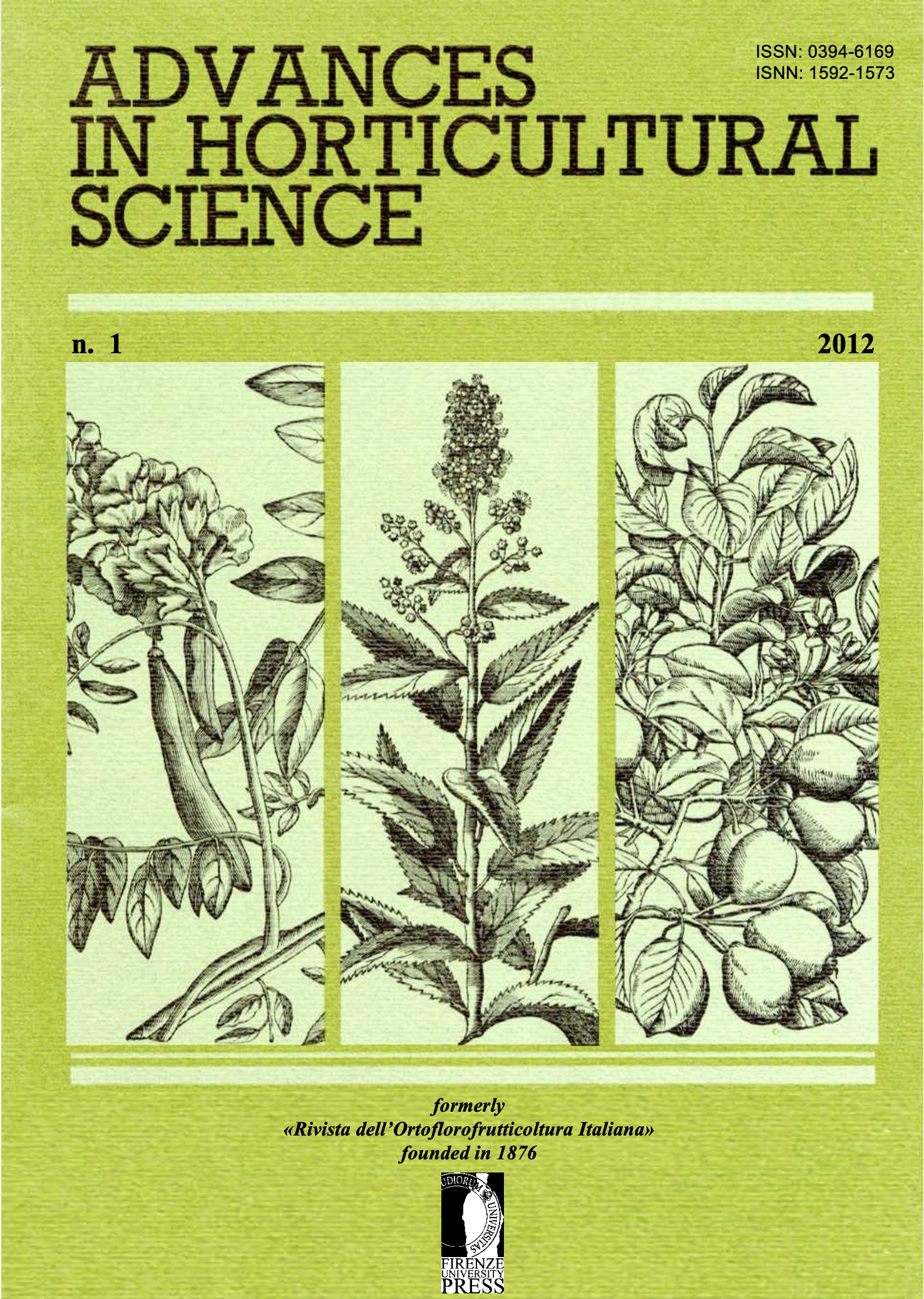Abstract
A recent technique developed for establishment of warm season turfgrasses is based on the transplant of single plug plantlets pre-rooted in the nursery. Plantlets are obtained from one-node sprigs about 2 cm long derived from stolon fragmentation. Usually, stolons must be cut several times to obtain sprigs of the right length because of overly long internodes. In the present study, potted plants of Patriot bermudagrass grown in the nursery were treated with trinexa-pac-ethyl (TE) at the rates 0.1, 0.2, 0.4 and 0.8 kg a.i. ha-1. TE application was aimed at obtaining internode shortening in order to facilitate the stolon division practice. In fact, TE-treated plants showed a decrease in the average length of internodes with respect to control at any applied rate. Nevertheless, the lowest rate applied (0.1 kg a.i. ha-1) did not assure a prolonged effect while the highest rate (0.8 kg a.i. ha-1) caused a decrease in the yield of sprigs. Therefore, our results suggest that TE may be advantageously used and at rates of 0.2-0.4 kg a.i. ha-1 to control stolon development of Patriot bermudagrass for nursery purposes.






